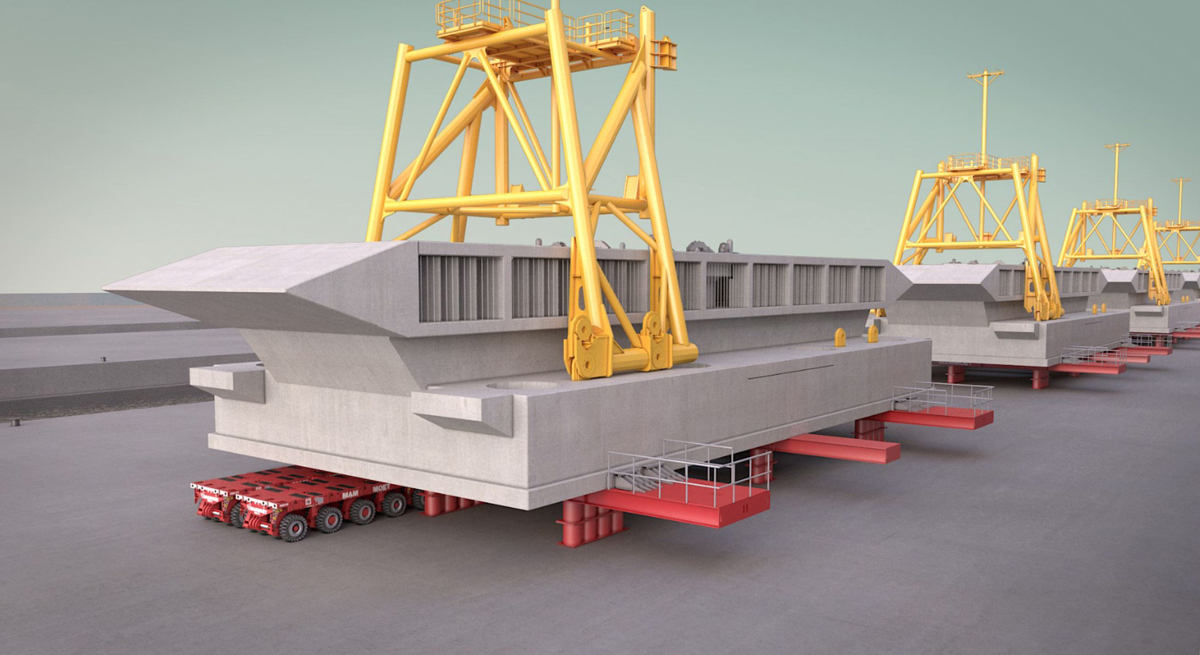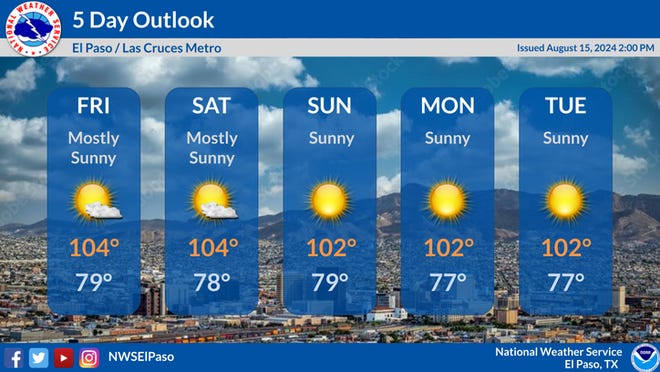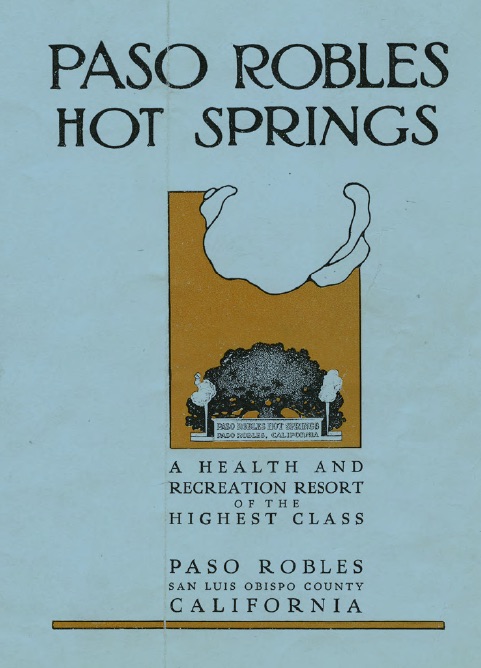Nuclear Power Plant Construction: Trump Team Weighs Accelerated Timeline

Table of Contents
The Trump Administration's Proposed Changes to Nuclear Power Plant Regulations
The Trump administration's approach to accelerating nuclear power plant construction hinges on streamlining regulations and offering financial incentives. This two-pronged strategy aimed to revitalize the nuclear power sector and reduce reliance on fossil fuels.
Regulatory Streamlining and Potential Impact on Environmental Reviews
The proposed regulatory changes focused on simplifying the permitting process and reducing the time required for environmental impact assessments. This streamlining aimed to accelerate the overall construction timeline.
- Examples of proposed regulatory changes: Relaxation of certain environmental review requirements, faster approval processes for construction permits, and streamlined licensing procedures.
- Potential benefits: Reduced construction costs and shorter project timelines.
- Potential drawbacks: Concerns regarding insufficient environmental protection, potential impacts on public health and safety due to rushed assessments, and increased legal challenges. Environmental groups voiced strong opposition, arguing that such speed-ups could compromise environmental safeguards and public safety. For example, the Natural Resources Defense Council (NRDC) expressed concerns that inadequate environmental review could lead to unforeseen ecological consequences. Conversely, industry representatives argued that the current regulatory framework was excessively burdensome and hindered economic growth.
Financial Incentives and Their Role in Speeding Up Construction
Financial incentives were a key component of the administration's plan to stimulate investment in nuclear power plant construction.
- Types of financial incentives: Tax credits, loan guarantees, and direct subsidies for nuclear power projects.
- Impact on construction: These incentives were intended to attract private sector investment, mitigating the high upfront costs associated with nuclear power plant development and potentially attracting private investment needed for faster project timelines. The aim was to foster public-private partnerships to share the financial burden and expertise. However, critics questioned the long-term economic viability of such subsidies, arguing that market forces should determine the fate of nuclear power rather than government intervention.
Challenges and Concerns Regarding Accelerated Nuclear Power Plant Construction
While accelerating nuclear power plant construction offers potential benefits, significant challenges and concerns must be addressed.
Potential Safety Risks and Mitigation Strategies
Accelerating construction timelines inevitably raises concerns about potential safety risks.
- Potential safety concerns: Compromised quality control due to rushed construction, insufficient testing and inspection, and increased risk of human error.
- Mitigation strategies: Implementing rigorous quality assurance programs, enhanced safety protocols, and independent oversight to maintain high safety standards. The Nuclear Regulatory Commission (NRC) would play a crucial role in ensuring stringent safety standards were adhered to. However, the potential for conflicts of interest between regulatory agencies and industry, as well as political pressures to expedite projects, remained a major concern.
Public Perception and Community Acceptance
Gaining public acceptance for nuclear power plants is crucial for successful project completion.
- Challenges: Negative public perceptions regarding nuclear waste disposal, the potential for accidents (like Chernobyl and Fukushima), and long-term environmental impacts. A lack of community engagement also can fuel opposition.
- Addressing concerns: Implementing transparent communication strategies, involving local communities in the decision-making process, and providing detailed information on safety measures and waste management plans are crucial. Effective community outreach can build trust and improve public acceptance. However, overcoming deeply ingrained fears and historical mistrust remains an uphill battle.
Economic Feasibility of Expedited Construction
The economic viability of accelerated construction is a significant consideration.
- Potential cost overruns: The pressure to complete projects quickly could lead to unforeseen cost overruns due to logistical challenges, labor shortages, and potential delays.
- Cost-benefit analysis: A thorough analysis is essential to determine whether the benefits of faster construction outweigh the potential economic risks. Overlooking cost-benefit analysis could result in financially unsustainable projects, negatively impacting the entire nuclear power sector. The efficiency and effectiveness of project management become paramount in minimizing costs.
Technological Advancements and their Impact on Construction Timelines
Technological advancements offer the potential to significantly reduce nuclear power plant construction timelines.
The Role of Advanced Reactor Designs in Accelerating Construction
Advanced reactor designs, such as small modular reactors (SMRs), offer advantages over traditional designs.
- Examples of advanced reactor designs: SMRs, which are factory-fabricated in modules and assembled on-site, offer significantly reduced construction times and improved safety features.
- Construction advantages: Modular construction minimizes on-site work, reduces labor costs, and facilitates faster assembly. The prefabrication element reduces construction risks significantly.
Use of Innovative Construction Techniques and Materials
Innovative techniques and materials can also accelerate construction.
- Examples of innovative approaches: 3D printing for components, prefabricated modules, and the use of advanced materials with enhanced durability and strength.
- Benefits and challenges: While these technologies offer the potential for faster construction, their adoption requires significant investment in research, development, and skilled labor.
Conclusion: The Future of Nuclear Power Plant Construction and Accelerated Timelines
The Trump administration's pursuit of accelerated nuclear power plant construction presented a complex mix of opportunities and challenges. While streamlining regulations and offering financial incentives could potentially stimulate investment and shorten construction timelines, concerns regarding safety, public acceptance, and economic viability remain. Technological advancements in reactor design and construction techniques hold promise for mitigating some of these challenges. However, a balanced approach that prioritizes safety, environmental protection, and public engagement is crucial for the successful and sustainable development of nuclear power. Learn more about the future of nuclear energy and the ongoing debate surrounding accelerated nuclear power plant construction to stay informed on this critical issue.

Featured Posts
-
 The Complete Guide To Tom Cruises Dating History
May 11, 2025
The Complete Guide To Tom Cruises Dating History
May 11, 2025 -
 New York Knicks Tom Thibodeau On 37 Point Loss A Lack Of Resolve
May 11, 2025
New York Knicks Tom Thibodeau On 37 Point Loss A Lack Of Resolve
May 11, 2025 -
 Ufc 315 Fight Card Update Aldos Weight Issues And Fight Implications
May 11, 2025
Ufc 315 Fight Card Update Aldos Weight Issues And Fight Implications
May 11, 2025 -
 Who Might Succeed Pope Francis Potential Candidates For The Papacy
May 11, 2025
Who Might Succeed Pope Francis Potential Candidates For The Papacy
May 11, 2025 -
 East Tennessee History Center Unveils Baseball Exhibit In Anticipation Of Covenant Health Park Opening
May 11, 2025
East Tennessee History Center Unveils Baseball Exhibit In Anticipation Of Covenant Health Park Opening
May 11, 2025
Latest Posts
-
 Paso Robles Heat Advisory Temperature Predictions And Safety Tips
May 13, 2025
Paso Robles Heat Advisory Temperature Predictions And Safety Tips
May 13, 2025 -
 Public Health Alert Heat Advisory Due To High Temperatures
May 13, 2025
Public Health Alert Heat Advisory Due To High Temperatures
May 13, 2025 -
 Heat Advisory For Paso Robles How Hot Will It Get
May 13, 2025
Heat Advisory For Paso Robles How Hot Will It Get
May 13, 2025 -
 Prva Zbirka Traditsionalni Romski Ba Ki
May 13, 2025
Prva Zbirka Traditsionalni Romski Ba Ki
May 13, 2025 -
 Rising Temperatures Health Department Issues Important Heat Advisory
May 13, 2025
Rising Temperatures Health Department Issues Important Heat Advisory
May 13, 2025
